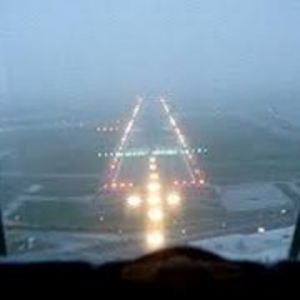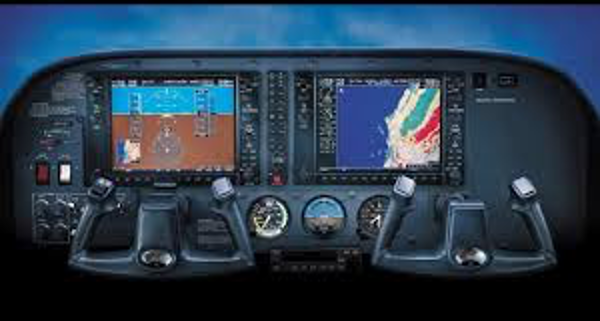IFR Refresher
IFR Refresher/Currency – FAR 61.57 (c)
We are able to train in YOUR airplane. I am fully vaccinated. Facemasks are not required, unless you prefer to wear one. We will wipe down the cockpit before flight. I have regularly been tested for COVID-19 and my results have been negative, every time.
To discuss training or schedule time with me, you can reach me via cell or text at 562-234-8423
I am available for IFR training, IFR ‘refresher’ training, and IPC’s, the instrument proficiency check, in case you are not IFR current. Here is a link to the FAA requirements for an IPC.
https://www.faa.gov/documentLibrary/media/Advisory_Circular/AC_61-98D.pdf
In the meantime, are you familiar with the new Airman Certification Standards (ACS)? The ACS has replaced the PTS. In it are the requirements for instrument currency, as required per FAR 61.57 (c).
Here is an excerpt from the FAA’s Advisory Circular 61-98D regarding instrument currency –
 3.2 Recent Instrument Flight Rules (IFR) Experience. When conducted in accordance with § 61.57(c) and as qualified and approved by the Administrator, pilots may perform the six required approaches, holding procedures and tasks, and intercepting and tracking courses through the use of navigational electronic systems (all aircraft except gliders) in an FAA-qualified full flight simulator (FFS) or flight training device (FTD). Furthermore, this instrument experience must be accomplished in a program approved by the Administrator (§ 61.4). An FAA-approved Aviation Training Device (ATD) may be used (refer to AC 61-136, FAA Approval of Aviation Training Devices and Their Use for Training and Experience) to accomplish instrument currency as specified in the FAA letter of authorization (LOA) provided for each ATD model.
3.2 Recent Instrument Flight Rules (IFR) Experience. When conducted in accordance with § 61.57(c) and as qualified and approved by the Administrator, pilots may perform the six required approaches, holding procedures and tasks, and intercepting and tracking courses through the use of navigational electronic systems (all aircraft except gliders) in an FAA-qualified full flight simulator (FFS) or flight training device (FTD). Furthermore, this instrument experience must be accomplished in a program approved by the Administrator (§ 61.4). An FAA-approved Aviation Training Device (ATD) may be used (refer to AC 61-136, FAA Approval of Aviation Training Devices and Their Use for Training and Experience) to accomplish instrument currency as specified in the FAA letter of authorization (LOA) provided for each ATD model.
What you can expect on the knowledge (ground portion) of the IPC is found below, and is taken from AC 61-98D –
5.2 IPC Knowledge Portion.
5.2.1 Determining the Pilot’s IFR Knowledge. The flight instructor determines whether the pilot has adequate knowledge and understanding of 14 CFR part 91, especially Subpart B, Flight Rules; Subpart C, Equipment, Instrument, and Certificate Requirements; and Subpart E, Maintenance, Preventive Maintenance, and Alterations. Additionally, the flight instructor determines that the pilot has adequate knowledge and understanding of the following areas:
- Instrument en route and approach chart interpretation, including Standard Instrument Departures (SID), Obstacle Departure Procedures (ODP), Standard Terminal Arrival Routes (STAR), and Area Navigation (RNAV)/Global Positioning System (GPS)/wide area augmentation system (WAAS) procedures.
2 Obtaining and analyzing weather information, including knowledge
of hazardous weather phenomena, such as icing and convective activity.
3 Preflight planning, including aircraft performance, Notices to Airmen (NOTAM) information (including temporary flight restrictions (TFR)), fuel requirements, alternate requirements, and use of appropriate FAA publications such as the Airport/Facility Directory (A/FD).
4 Aircraft systems related to IFR operations, including appropriate operating methods, limitations, and emergency procedures due to equipment failure.
5 Aircraft flight instruments and navigation equipment, including characteristics, limitations, operating techniques, and emergency procedures due to malfunction or failure, such as lost communications and automation failure procedures.
6 Determining the airworthiness of the aircraft for instrument flight, including required inspections and documents.
7 Air traffic control (ATC) procedures pertinent to flight under IFR, with emphasis on elements of ATC clearances and pilot/controller responsibilities.
8 A general working knowledge of aerodynamic principles relating to angle of attack (AOA) and the purpose, operation, and limitations of AOA indicators (if installed).
If you own any kind of desktop simulator in your home or office, I would encourage you to make use of that, as well, to review basic instrument procedures and your instrument scan.

